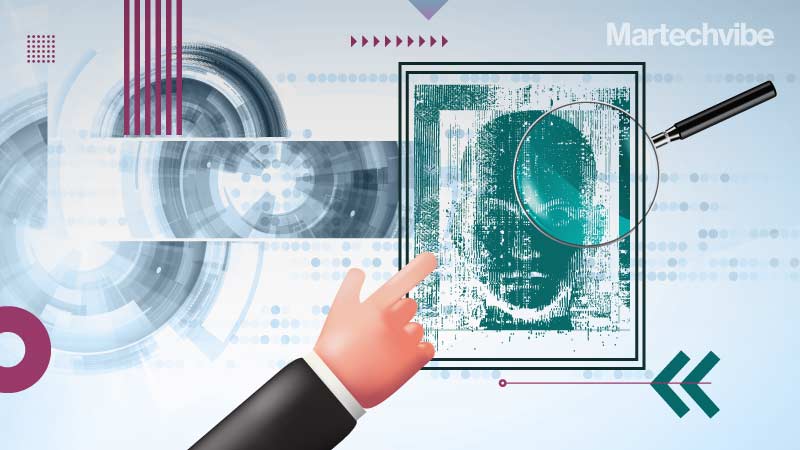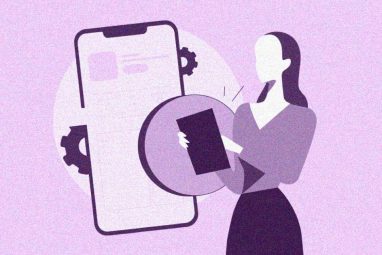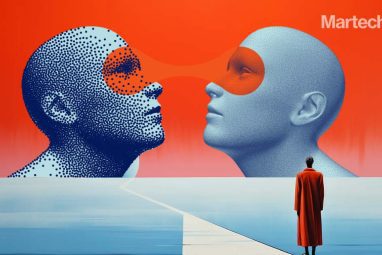60% Customers Say Current Personalisation Has No Loyalty Impact
Marketers who rely on the same strategies from the pre-pandemic world will fall behind. How do you perceive customer loyalty today?
Topics

It’s common knowledge that building brand loyalty starts with a great product that meets rational needs and builds brand trust. And those who talk about loyalty as just a program, fail to capture the value generated from the shift to an enterprise view that focuses on creating loyalty within the total customer experience (CX) and making strategic investments.
Merkle recently released its 2022 loyalty barometer report, offering insight into how marketers can build more meaningful, lasting customer relationships.
Consumers want brands to go the extra mile to connect with them, and more than 75 per cent of consumers say consistent CX and customer service improve their likelihood of doing business with a brand. This shift requires brands to build loyalty across the entire customer experience, in close partnership with forward-thinking experience and commerce agencies, using human design principles.
“We are now in the experience economy era where marketing is all about the consumer. Marketers are faced with rising media acquisition costs, along with labour and supply chain concerns, that may lead to customer churn,” said Chris Wayman, EVP, Experience and Commerce at Merkle.
“Successful brands have made the shift from a simple loyalty program to an overarching loyalty experience, greatly improving business outcomes. Our Loyalty Barometer Report not only shows the state of consumer sentiment and preference today, but also offers clear insights on how brands should implement important changes to their marketing strategies.”
For years, brand loyalty has been treated as a siloed marketing program; however, as consumers seek unique and personalised experiences that represent their values, brands need to create a loyalty experience across marketing, sales, product, and customer service. The report highlights four key takeaways that marketers need to ramp up customer loyalty efforts in 2022 and beyond:
- Leverage loyalty to build trust across the entire customer experience, as 79 per cent of consumers is more likely to do business with a brand because of its loyalty program.
- Provide expanded financial utility while also delivering emotional benefits since 73 per cent of millennials say a consistent customer experience makes it more likely they will continue to do business with their favourite brand.
- Ditch data and personalisation strategies lack sophistication, as almost 60 per cent of consumers said current personalisation efforts (via website and marketing communications) have no impact on their likelihood to continue doing business with a brand.
- Create a new dimension of engagement with promotion-based loyalty campaigns, as almost 50 per cent of consumers want chance-to-win rewards included within the loyalty experience (up from about 35 per cent in 2019).
“The industry is seeing an ongoing shift toward customer-centric experiences that meet consumers where they are,” added James Riess, SVP, Strategy and Insights for Merkle’s Promotion and Loyalty Solutions practice.
“In order to find success, brands should use data to understand consumers and build loyalty experiences that help meet their needs while integrating seamlessly into their lifestyles. Merkle’s Human Loyalty philosophy is based on the idea that brand loyalty starts by meeting consumers’ rational needs to establish the foundation of trust. Once trust is established, it opens the door for brands to create an emotional connection, which leads to enduring brand loyalty.”
Loyalty Impact
Both free and paid loyalty programs have the most significant impact on the share of the wallet, with slightly less impact on the likelihood of spending more. The decision to pursue a paid or free loyalty program shouldn’t rest on whether one drives buying behaviours more than the other. There are minor differences in spending and frequency impact among generations, but more considerable differences exist between baby boomers and Gen Z regarding brand expectations and engagement.
Older strategies need to be updated (or maybe even discarded) to take on a more modern view of loyalty – one anchored in building trust, meeting rational and emotional needs, leveraging new engagement mechanics, and creating an innovative approach to personalisation.
Brands and customers have matured expectations that will only last if both sides are willing to share and use data in meaningful ways that nurture the relationship, built on interactions within the customer experience, brand messaging, and formal loyalty programs.
It’s imperative that marketers pay attention to consumers’ emotional needs, evolve the measurement approach as loyalty strategies mature, and adjust to the notion of relevance taking a new shape in consumers’ minds. And, of course, Now is the time to increasingly invest in loyalty and promotions.
If you liked reading this, you might like our other stories
How are Leading Businesses Leveraging CDPs?
Martechvibe Explains: Identity Data








































































































